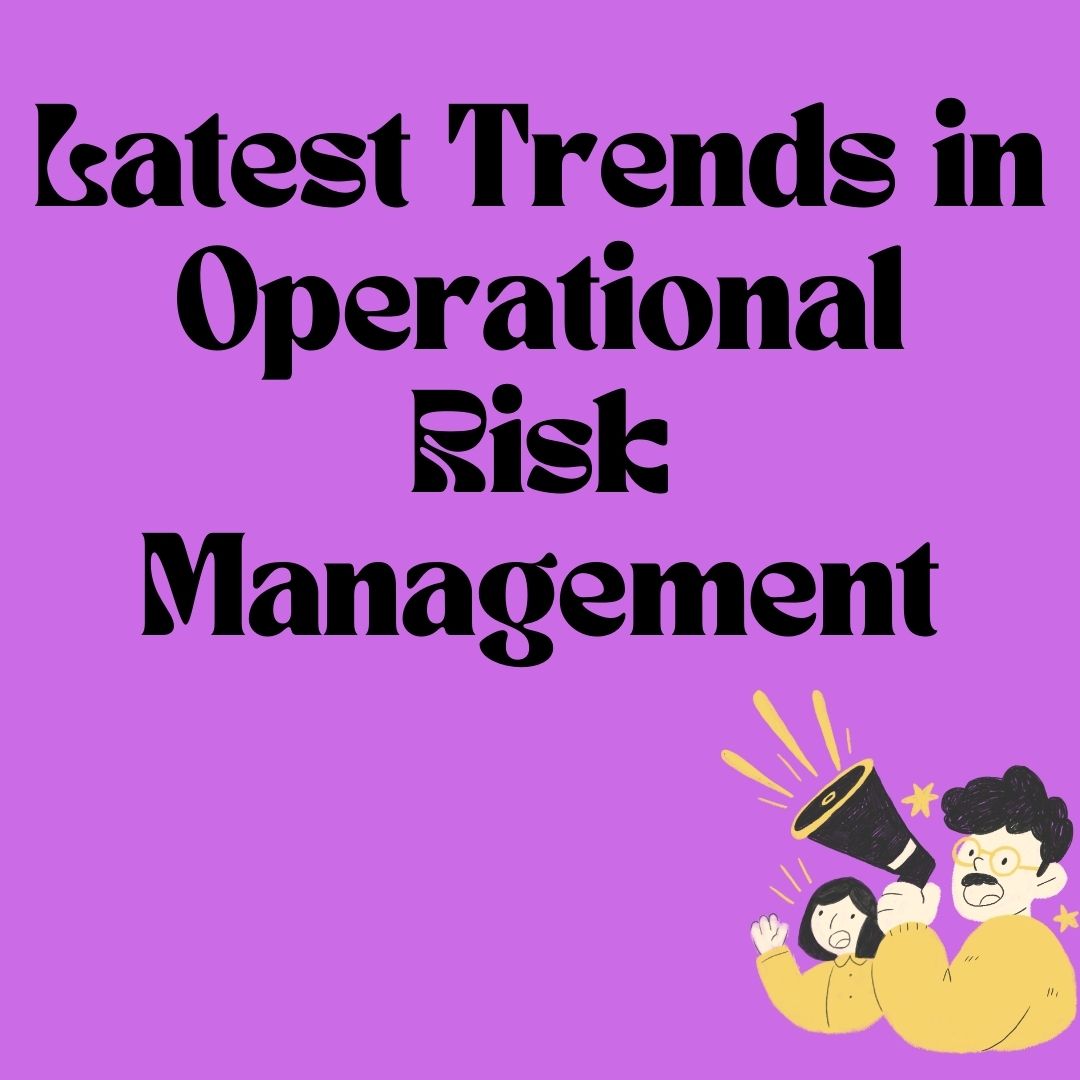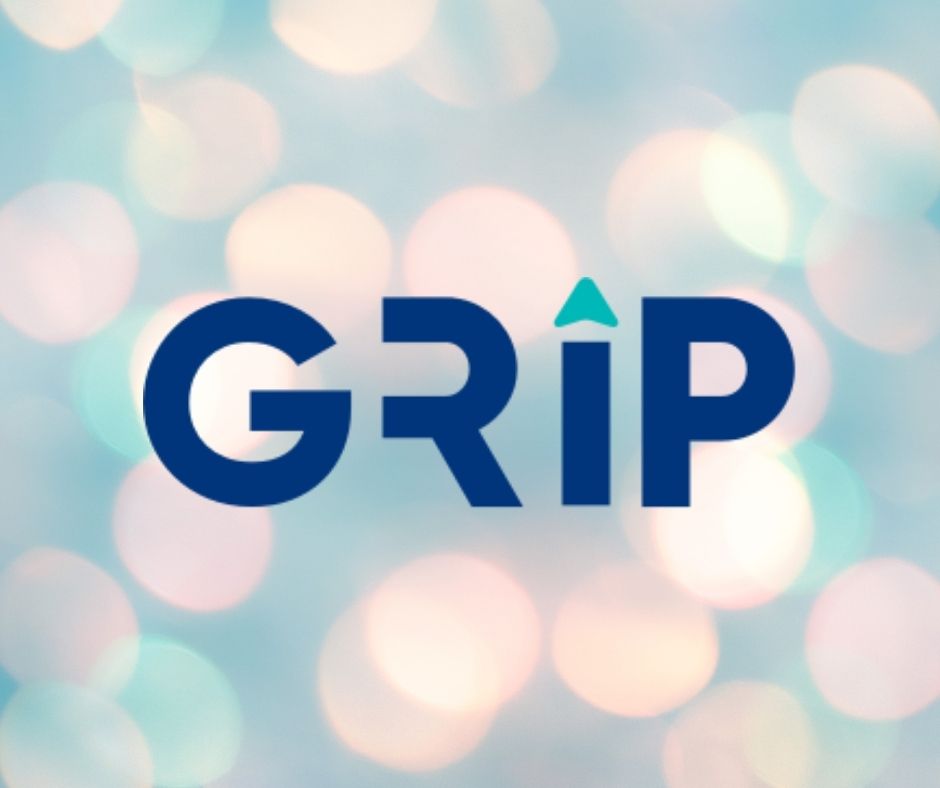Debt Fund: Tips for choosing best debt fund for your future investment
- 10 April 2020 | 851 Views | By Mint2Save

A Debt Fund is that mutual fund which invests in fixed-income securities. When economic and geopolitical scenarios change across the globe, the returns from both equity and debt are equally affected. If chosen correctly, a debt fund can bring much value to your overall portfolio, and if you want returns from debt mutual funds, make sure you’re ready to take on the complement risk.
Generally, we make losses when prices come down in the case of equities, while in debt, we incur losses when yields rise. When there is a higher demand for debt, the returns go up, and hence the prices of existing bonds lower.
This results in a loss for existing bondholders since new investors chase those new bonds with a higher interest rate. Interest rates are hard to predict.

Are Debt Funds Good?
Those who wish to invest between a month and up to 3-5 years, debt funds accommodate them, while equity funds are meant for continuous investments. The debt fund provides a 3-year time horizon that works differently from another that is intended for a month’s investment horizon.
Are Debt Funds Tax Free
Tax on debt funds depends on the fund type and its investment horizon. Returns on debt funds can be realized in the form of interest earned (which is deposited into the investor’s account in regular intervals) or capital appreciation (enhancement in overall value of the fund, from the time funds were invested into it).
For investments, having a tenor of -3- years or less, short term capital gains tax is applicable. This tax is levied on the overall returns reaped from the fund.
For investments, having a tenor of more than -3- years, long term capital gains tax is applied.
How do you choose a debt fund?
The very first step is to ascertain for how long you’d like to stay invested in your debt fund. Then, look for debt funds that are appropriate for such tenures.
If you have any financial goals which are less than five years, that can be met with 8% to 10%, cost of the return, or when you are not secured with a high volatility risk factor, then you can assuredly think to invest in debt fund.
To make this selection easy for you, there are indicated some of the basic parameters below which may help you choose the winning mutual fund for you:
Check the track record of the scheme
For assessing the overall performance, you should check at least two complete interest cycle of the fund. Compare the best and worst performance of the plan in the last 8-10 years to get an approximation of the risk-return trade-off you’re taking with the fund.
Match with your Risk Profile and Maturity
The classification of debt funds into different categories is based on the average maturity of the bonds they plan to invest in. This is why it is mandatory to match your holding period to the fund’s maturity profile.
Apart from holding a period, you should choose it in sync with your risk desire. Debt funds do go through temporary net asset value losses and swings in returns based on year to year. High returns come with high risks. Before making the jump, you should understand how much duration or credit risk the fund has assumed to make its returns.
Invest in Debt Funds formed on your Risk Holding Capacity
The choice of mutual funds should not depend on whether a fund is good or not but should count on the risk profile of the investor. Investors whose greed for chance is high can think to invest in multi-cap funds, sector funds, global and mid-cap funds.
These mutual funds include high-level danger but may provide high returns if invested in the long run. Similarly, medium risk takers can plan to invest money in large-cap, balanced funds, debt funds, etc., while investors having deficient risk-taking capacity can think of investing in balanced and debt funds.
Mutual Fund Performance
Check the mutual fund’s performance in the last 3,5,7 or 10 years period. Also, investors should make a relative comparison of the performance of the selected fund with their peers.
Can debt funds give negative returns?
Yes, debt funds can give negative returns. In the times of distress and turmoil in the market, debt mutual are subjected to a high frequency of redemption. The trading volumes are dramatically lower, selling pressure adds to the rising bond yields, which in turn results in the fund giving negative returns. While the market has shown a significant lesser tendency of debt funds going down south, the risk still looms.
A few examples where debt funds betray in terms of returns are downward sloping economy, wars, pandemic such as Coronavirus etc.
Fund Manager’s History
Fund manager plays an essential role in the fund’s performance, and his target is to manage the fund and decide where all the investor’s money should be allocated.
Investors must ensure the fund manager’s educational qualification, the number of schemes managed by him, past experiences, and performance of other schemes managed by the fund manager. Investors can also make a relative comparison of the returns of different types of plans handled by him.
Expense Ratio
Lower the expense ratio, the better. Mutual fund schemes bear all fund management and distribution-related expenses. This means a high expense ratio will affect the fund’s returns. Lower costs benefit investors in the longer term.
AUM
AUM(asset under management) is the total amount invested in a particular scheme by all investors. Next step is to recognize the asset allocation. It doesn’t matter that it is a short term or long term goal, the proper asset allocation between equity and debt fund is a must.
A below asset allocation is preferable. Ensure that it may differ from customer to customer. However, the ground idea of asset allocation is to safeguard your money and smoothly sail to reach the financial goals.
In the case, where goal is below five years, use the debt products of your choice like FDs, RDs, or Debt Funds.
If one’s goal is between five years to 10 years, the allocate debt: equity in the ratio of 40:60.
If the goal is more than ten years, allocate debt: equity in the ratio of 30:70.
Choice of paper
Here paper refers to bond instruments. It is referred to as a bond because the government issues it,t and those issued by corporate entities are called debentures. Government bonds are powerful, and henceforth the risk is probably less. It is guaranteed to have your money back. But since they are long term in nature, price volatility will increase.
Conclusion
To conclude, there is a specific scheme category to suit each investment requirement. One should learn the risk-taking capacity, return provision, and scheme characteristics before making an investment decision. So choose wisely!









